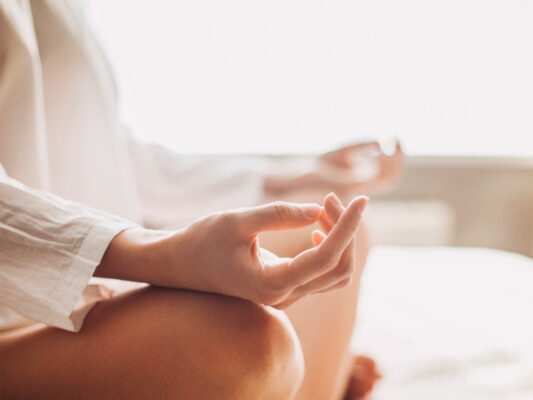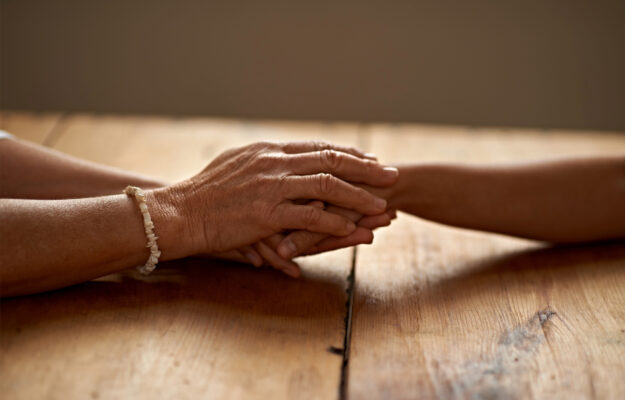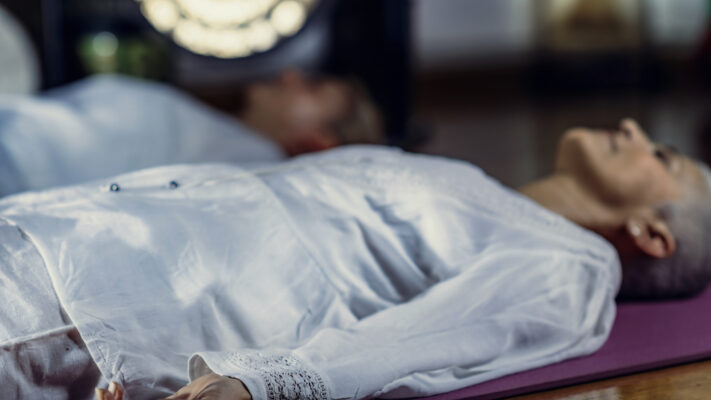As a mindfulness meditation teacher, I have seen how anxiety can affect individuals of all ages, backgrounds, and walks of life. The physical symptoms of anxiety, such as rapid heartbeat, sweating, and muscle tension, can be extremely uncomfortable and difficult to manage. This is where body scan meditation can be a helpful tool for easing physical symptoms and reducing overall anxiety.
Hey there! As a mindfulness meditation teacher, I’ve seen how anxiety can affect people of all ages, backgrounds, and walks of life. It’s tough when anxiety starts to take over and cause physical symptoms like rapid heartbeat, sweating, or shallow breathing. Trust me, I know the feeling all too well. But I’ve found a technique that can help ease those physical symptoms and reduce overall anxiety – body scan meditation.
Don’t get me wrong, body scan meditation isn’t a magic solution that will make all your anxiety disappear. But it’s a helpful tool that you can add to your anxiety management routine. It involves becoming more aware of your body sensations and learning how to respond to them in a healthy way. By scanning your body from head to toe, you can identify areas of tension or physical symptoms and learn how to manage them before they spiral out of control.
In this article, we’ll explore how body scan meditation can help ease physical symptoms of anxiety, and provide practical tips for incorporating it into your anxiety management routine. It’s not a one-size-fits-all solution, but it’s worth giving it a try if you’re looking for new ways to manage your anxiety. Let’s dive in and explore how body scan meditation can be a helpful tool in your anxiety management toolbox!
Understanding Anxiety and Its Physical Symptoms
Anxiety is a normal and natural response to stress or danger. However, when it becomes excessive or overwhelming, it can interfere with daily life and cause physical symptoms. These symptoms can include rapid heartbeat, sweating, shallow breathing, muscle tension, and more. It is important to understand that these physical symptoms are a result of the body’s fight or flight response, which is triggered by the release of stress hormones such as cortisol and adrenaline.

What is Body Scan Meditation and How It Works
When you practice body scan meditation, you start by lying down or sitting in a comfortable position. You then bring your attention to different parts of your body, starting from the top of your head and slowly moving down to your toes, paying attention to any sensations you feel along the way.
As you scan your body, you may notice areas of tension, discomfort, or pain. Instead of trying to ignore or suppress these sensations, you simply acknowledge them and allow yourself to fully experience them without judgment or resistance.
This process of bringing awareness to your body sensations can help you develop a greater sense of connection and compassion for your body. By cultivating this awareness, you can begin to recognize patterns in your body and gain a deeper understanding of how your body responds to different situations and experiences.
🌟 Body Scan Meditation 🌟
Cautions: If you have experienced physical abuse or trauma in the past, it is not recommended to do this practice without a trained professional. Additionally, if you notice intense fear or other strong emotions related to a particular part of the body, please discontinue this practice.
Incorporating Body Scan Meditation into Your Anxiety Management Routine
Body scan meditation can be a helpful addition to an anxiety management routine. By practicing regularly, we can become more attuned to our physical sensations and learn to respond to them in a more relaxed and accepting way. Here are some tips for incorporating body scan meditation into your routine:
- Set aside time each day for body scan meditation. Start with just a few minutes a day and gradually increase the time as you become more comfortable with the practice.
- Find a quiet and comfortable space where you won’t be interrupted.
- Use guided meditations or apps to help guide your practice. This can be especially helpful for beginners who may struggle with staying focused.
- If your mind wanders or if you become distracted during the practice, it’s OK. This is a normal part of the process, and the goal is to simply notice and redirect your attention back to the physical sensations.
The Benefits of Body Scan Meditation for Anxiety
There are several ways that body scan meditation can be helpful for managing anxiety:
- Increased body awareness: Body scan meditation helps you become more attuned to the physical sensations of your body, which can help you notice signs of anxiety earlier and respond more quickly.
- Reduced muscle tension: By bringing awareness to areas of tension in your body, you can work to release that tension and reduce physical symptoms of anxiety.
- Reduced heart rate and blood pressure: Research has shown that body scan meditation can help lower heart rate and blood pressure, which are often elevated during periods of anxiety.
- Improved sleep: Practicing body scan meditation before bed can help you relax and fall asleep more easily, which is especially helpful for those who experience anxiety-related insomnia.
- Enhanced self-awareness: Body scan meditation helps you develop a deeper understanding of your body and how it responds to different situations, which can help you identify triggers and develop effective coping strategies.
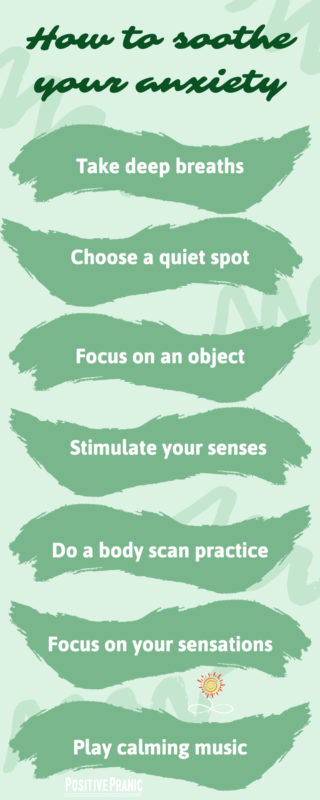
Body Scan Meditation in Action: Stories of Anxiety Relief
But don’t just take my word for it – let me share a few examples of how body scan meditation can be used for anxiety relief:
Take Sarah, a college student who experiences test anxiety. She found that before exams, her mind would race, and her heart would beat so fast that it felt like it was going to burst out of her chest. But then she discovered the power of body scan meditation. By practicing a quick 5-minute body scan meditation before each test, Sarah learned how to calm her nerves and increase focus. Now, she feels more confident and better prepared for each exam.
Or consider Tom, a busy business owner who experiences work-related stress. He found that the more he pushed himself, the more tension he felt in his body. But then he began practicing body scan meditation for 10-15 minutes each day as a way to relieve tension and improve overall well-being. Tom found that this daily practice allowed him to step back from the chaos of his workday and give his body the care and attention it needed. As a result, he feels more relaxed, focused, and productive.
And finally, there’s Maria, a new mom who experiences postpartum anxiety. For Maria, body scan meditation was a way to connect with her body during a time when she felt disconnected and overwhelmed. By practicing body scan meditation, Maria learned how to reduce physical symptoms such as rapid heartbeat and shallow breathing, which helped her to feel more grounded and present. With this newfound sense of calm and clarity, Maria was able to better care for herself and her newborn baby.
And there are so many more similar stories.
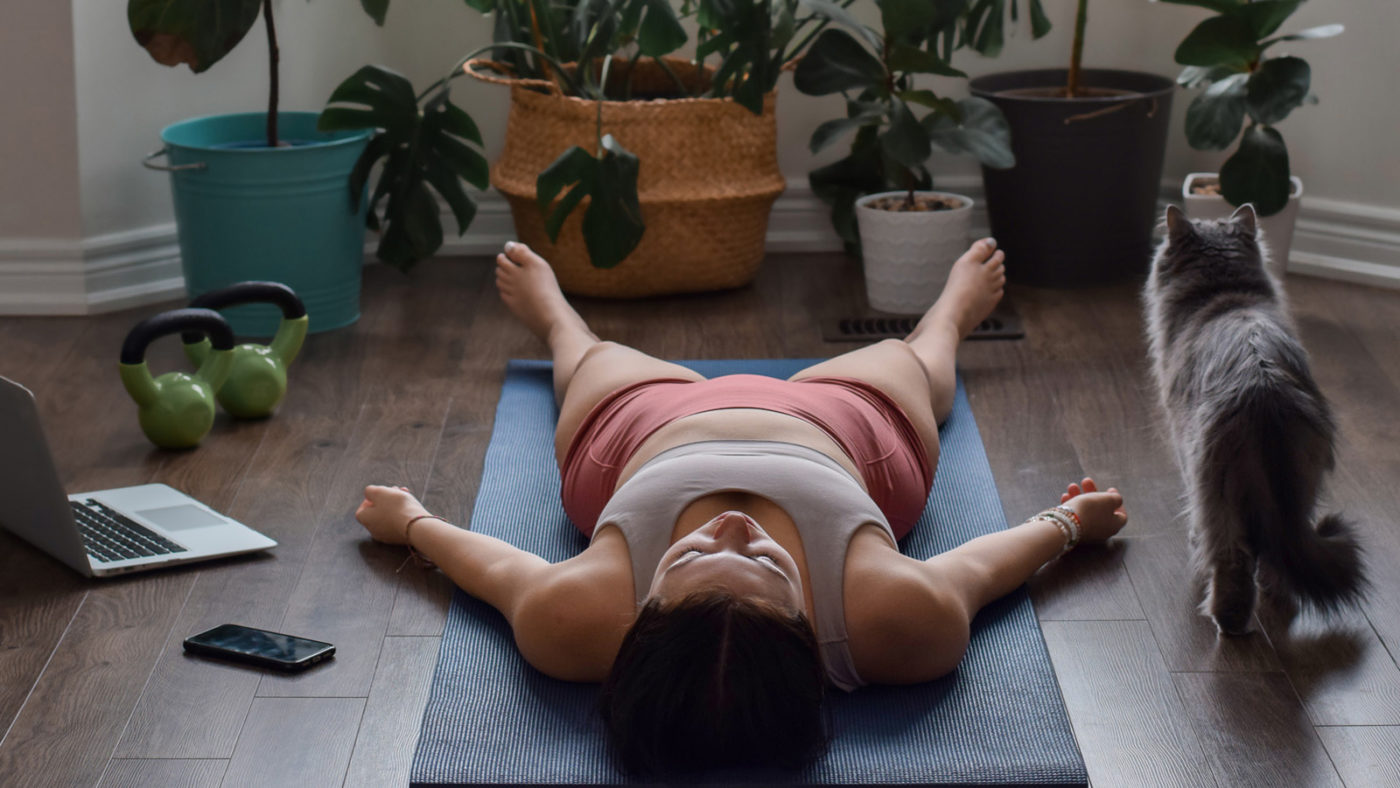
Body scan meditation is a simple but powerful tool for managing anxiety and developing a greater sense of connection and compassion for your body. By bringing awareness to your physical sensations and learning to accept them without judgment or resistance, you can develop a deeper understanding of your body and how it responds to different situations.
The body scan meditation is just one tool in your anxiety management toolbox. It’s important to work with a mental health professional to develop a comprehensive anxiety management plan that
The Science Behind Body Scan Meditation for Anxiety Relief
These are just a few examples of how body scan meditation can help manage anxiety. And while everyone’s experience with anxiety is different, body scan meditation can be an effective tool to help you become more aware of your body sensations, calm your mind, and reduce physical symptoms of anxiety.
There have been several studies that have investigated the effectiveness of body scan meditation for reducing anxiety and its physical symptoms. One study published in the Journal of Psychosomatic Research found that body scan meditation was associated with significant reductions in anxiety and depression in a group of individuals with chronic pain. Another study published in the Journal of Health Psychology found that body scan meditation was effective at reducing physiological arousal and improving mood in individuals with generalized anxiety disorder.
Even further, a systematic review and meta-analysis published in the Journal of Psychiatric Research looked at the effect of mindfulness meditation on symptoms of anxiety and depression. The review found that mindfulness meditation, including body scan meditation, was effective at reducing symptoms of anxiety and depression, and the effects were similar to other psychological interventions such as cognitive-behavioral therapy.
It’s important to note that while these studies provide promising evidence for the effectiveness of body scan meditation in reducing anxiety and its physical symptoms, it is not a replacement for professional medical treatment. It is always important to consult with a healthcare professional if you are experiencing symptoms of anxiety or any other mental health concern.
Be Alive 🌱
Love ❤️, Julia
PRACTICE DEEP RELAXATION & ANXIETY RELEASE
conversations 💞
GUIDED MEDITATIONS 💗
DISCLAIMER: The materials and the information contained on the Positive Pranic website are provided for general and educational purposes only and do not constitute any legal, medical, or other professional advice on any subject matter. None of the information on our videos is a substitute for a diagnosis and treatment by your health professional. Always seek the advice of your physician or other qualified health providers prior to starting any new diet or treatment and with any questions you may have regarding a medical condition. If you have or suspect that you have a medical problem, promptly contact your health care provider.





